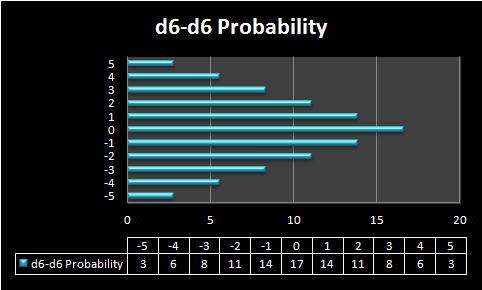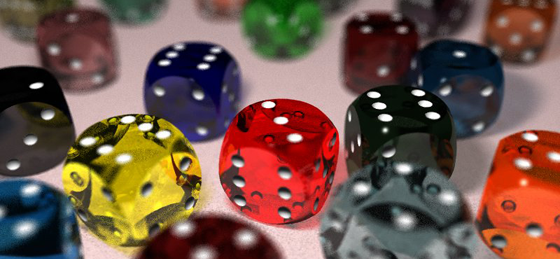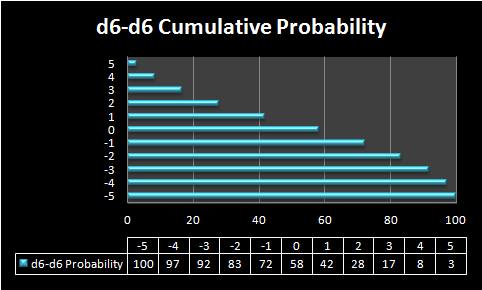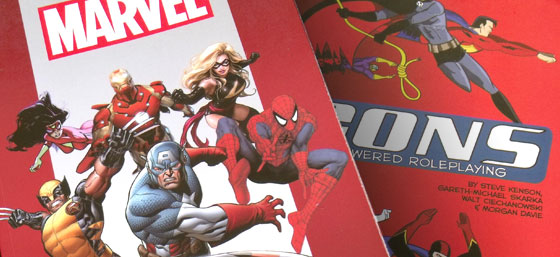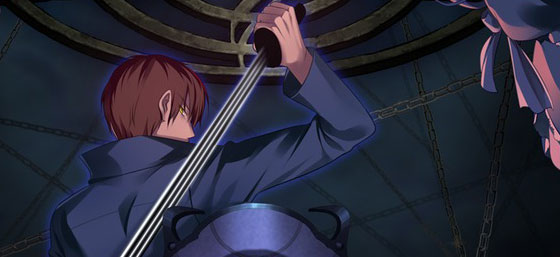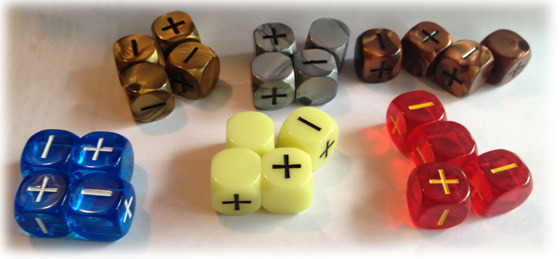
One of the core elements of the FATE system is that you can spend a Fate Point to invoke an aspect for +2 to your result, or to reroll. However, it has never been obvious to me when it is more advantageous to do one over the other. I’ve taken a look at the statistics and present them to you below:
Typically the fate system requires 4dF, which give results from -4 to +4 with the following distribution:
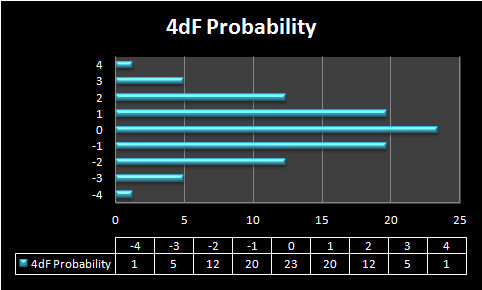
On 4dF almost one in every four rolls will result in a 0, and almost six rolls in ten will be within the range -1 to +1.
To determine when it is best to reroll vs. add +2, lets look at four cases. We can evaluate each case using this cumulative probability chart:
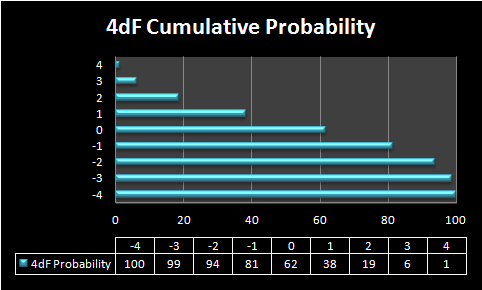
CASE 1: You Roll a -4
The worst possible result. This roll should happen once in every one hundred rolls, but now that it has happened, what should you do?
If you add +2, you have 100% chance of getting a -2; however, if you reroll, you have a 94% chance of getting at least a -2, and an 81% chance of getting better than a -2.
Verdict: Reroll
CASE 2: You Roll a -3
This roll is still pretty bad. You should expect to see it once in every 20 rolls.
In this case, if you add +2, you have a 100% chance of getting a -1; however, if you reroll, you have a 81% chance of getting at least a -1, and a 62% chance of getting something better. Those odds are still better than even.
Verdict: Reroll
CASE 3: You Roll a -2
This roll is fairly common, you should expect to see it three times in every 25 rolls.
Adding +2 now gives you a 0, which is your most common result. Rerolling now gives you the same odds of getting a better result or worse result. 19 results in 50 will get you something better, 19 results in 50 will get you something worse, and the remaining 12 results will get you the same thing.
If you want to gamble, you can roll the dice, but if it was my money, I’d take the sure thing. It is an average performance for your character, and that’s nothing to sneeze at.
Verdict: Reroll, or keep the +2, it’s about the same.
CASE 4: You Roll a -1
You’re going to see this result once in every five rolls. It is expected; an old friend. Adding +2 at this point results in a +1, which is better than 62% of the other possible results. You can reroll at this point if you are desperate, and a +1 result just won’t do it, but expect to end up with either the same thing, or something worse four times out of five.
Verdict: Keep the +2.
From this point on, it will always be advantageous to keep the +2 versus rerolling, with the likleyhood of rolling something better diminishing very rapidly.
So in summary, if you roll a -3 or -4, the odds are in your favor to reroll. On a -2 it could go either way. On anything that is -1 or above, keep the +2.
